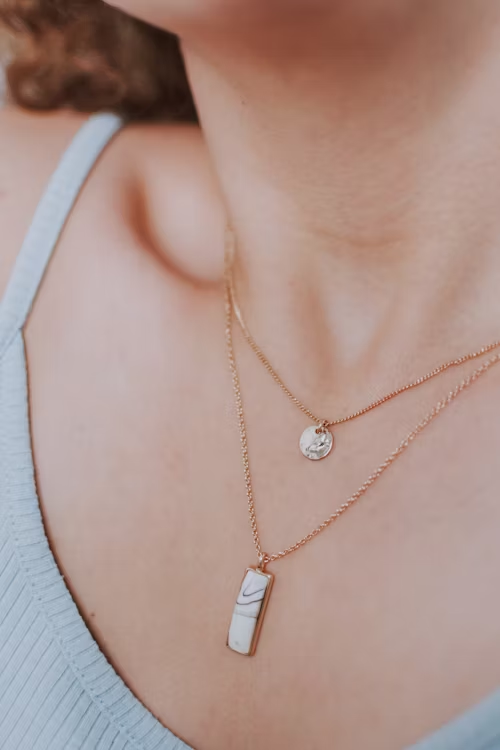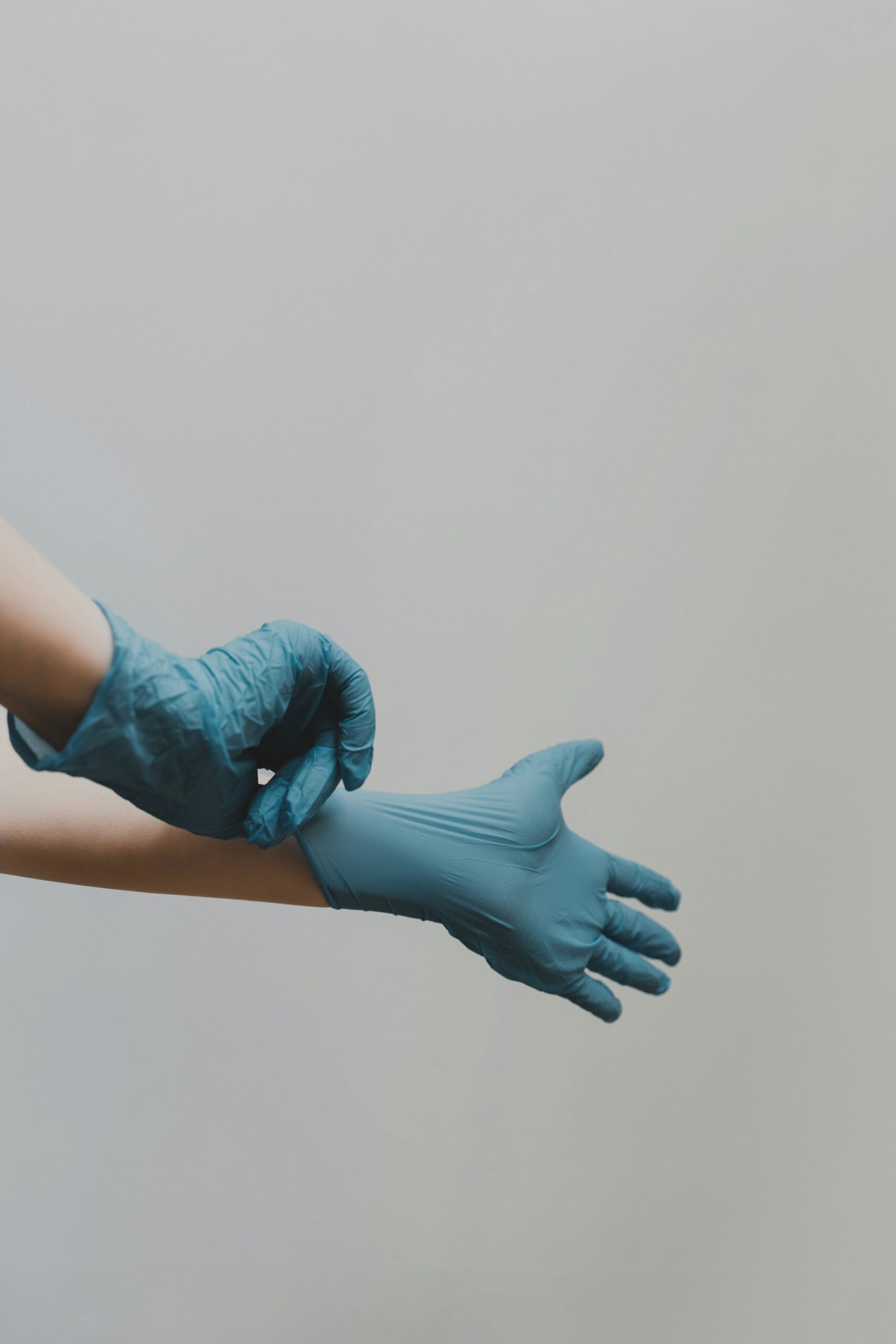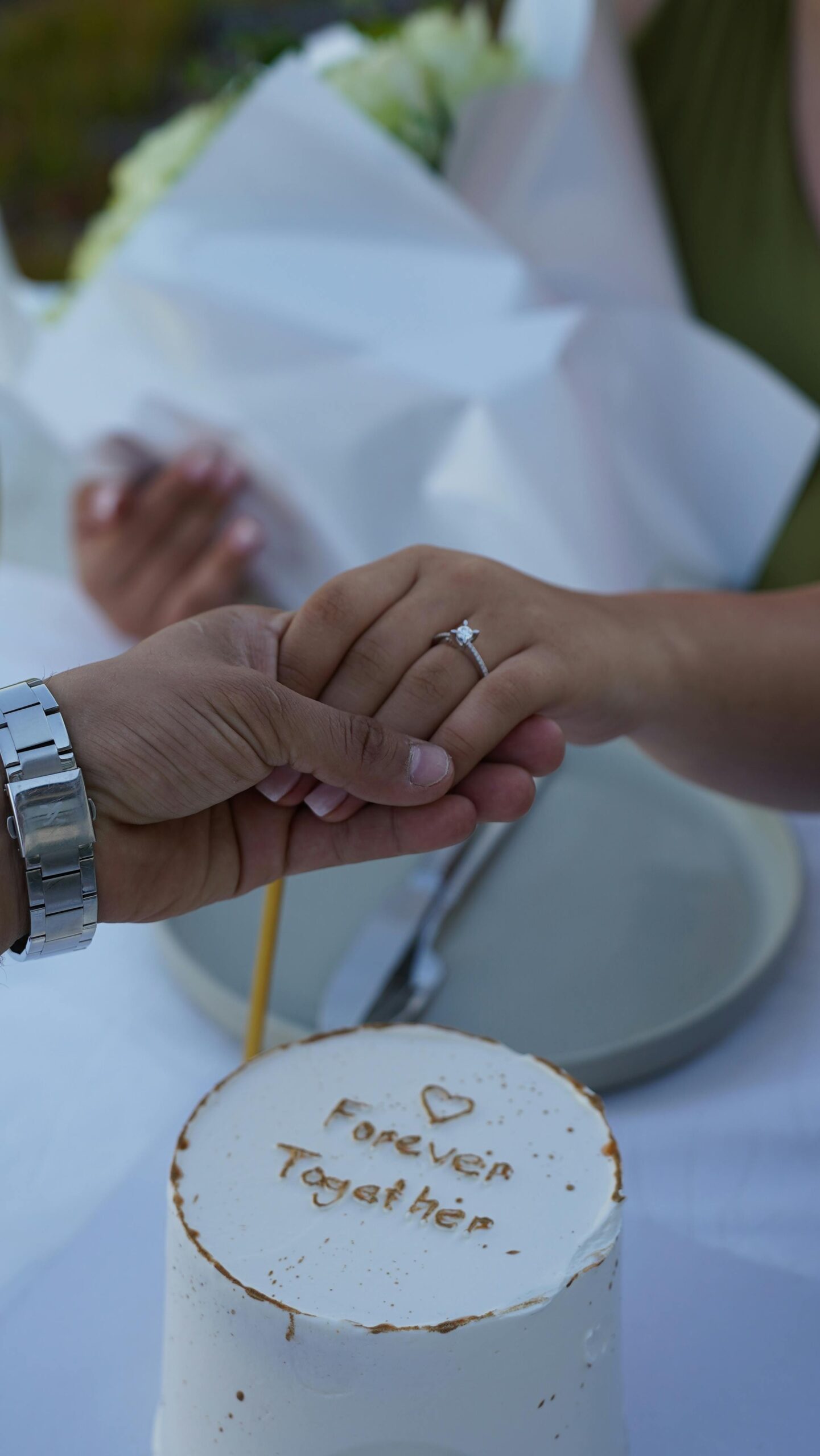As we all know, gold in its purest form is known as 24K (or 999 because it is 99.9% pure), and bright rich gold in colour. But how does it become so many different colours and karatages in jewellery? Simply put, other metals known as alloys are typically mixed with pure gold to create most jewellery. This is done for a number of reasons.
- First of all, pure gold is very soft and can easily bend and wear when made into jewellery. Alloys are harder than gold. Consequently, they act as a hardener to increase durability, wearability, and strength.
- Secondly, alloys are less expensive in most cases than gold so this helps to reduce the cost.
- Lastly, various alloys are added to change the colour of gold, often quite dramatically. This means that pure gold can actually become rose, white, or a variety of shades of yellow when made into jewellery..
Some things to consider when choosing various karatages and colours:
- The hardest wearing colour is white, as white coloured alloys are generally the hardest. Nickel, palladium, silver, copper, and zinc are also typically used.
- The softest and least durable colour is generally rose, as the main alloy is copper, a softer metal.
- The lower the karat, the harder jewellery becomes, therefore, 10K jewellery is harder than 14K and 18K jewellery.
- Yellow gold is mixed with a variety of metals including, silver, copper, zinc, and others.
- If you look at a 10K yellow gold chain display in a jewellery store, you will most often see a variety of different tones and shades of yellow. That is because various manufacturers use their own “recipe” of alloys which subtly affect the ultimate yellow colour. Also, some manufacturers choose to “flash” plate their chains with 18K to give more of a rich and deeper tone of gold. In this case, the plating wears off slowly over years, gradually exposing an underlying lighter yellow colour. In the meantime, this 10K chain has the look of an 18K chain.
- Surprisingly, alloys have more of an effect on the ultimate colour of gold jewellery than the karat. Manufacturers often strive to mix alloys which may make 10K, 14K, and even 18K all look relatively the same even though they may be different karats of gold.
- The higher the karat, the purer gold becomes, which provides an insurance of high quality. Also the higher the karat, the less reactive jewellery becomes to the skin and the body. Gold in its purest form is generally inert, which means it does not react to anything else. Therefore, the alloys mixed with gold are the cause of metal allergies.
- If someone is quite sensitive to fashion jewellery metals or alloys in lower karat gold, then perhaps 14K, or even 18K may be the most suitable choices. Also, yellow gold alloys are often the least reactive for those with metal allergies.
- Also, the most common and plentiful additive in white gold is nickel, which is generally the most reactive alloy to the body. This means that if someone with metal allergies or sensitivities wants white gold jewellery, they may want to consider white gold mixed with palladium (a platinum metal), instead of nickel alloys. Because alloys are also inert, much like gold. Although these alloys are untypical, fine jewellery stores can offer gold palladium combinations.




